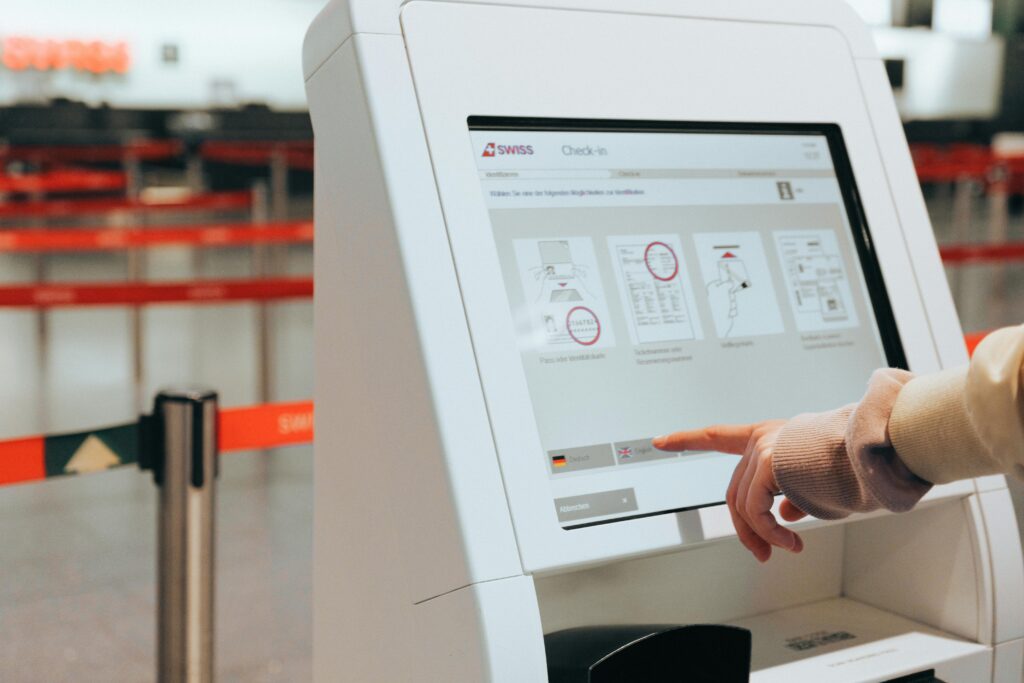The demand for enhanced touch user interfaces has dramatically increased over the last few years. Especially, with features like multi-touch, waterproof ability and durability, the market is seeing a surge in requirements for an innovative line of touch screens. However, when it comes to economical solutions, standard resistive touch screens continue to be the popular choice in the market.
Standard resistive touch screens are categorized into three touch screen sensors: 4-wire, 5-wire and 8-wire. This article illustrates the challenges of 4-Wire resistive touch screens, but before that, here are a few benefits of this touch technology.
Benefits of using 4-wire resistive touch screens
- 4-wire resistive touch screens can be operated on very low power as they are voltage-operated and do not require much current. This feature helps design portable battery-operated devices.
- They allow using most of the sensor’s surface as the active area where touch commands can be sensed. The 4-wire version of resistive touch screens can have narrow silver bus bars that don’t take up much space at the edges.
- Moreover, the connecting trace ways of silver ink can be layered overtop and separated by UV dielectric, making for a very compact construction. This is helpful in building applications such as hand-held devices with limited size.
- But with these benefits of 4-wire resistive touch screens, there are a few challenges significantly reducing the efficiency of the touch applications.
Challenges in Using 4-Wire Resistive Touch Screens
One of the challenges in using 4-wire resistive touch screen applications is the positional drift in the touch point. As this touch technology is voltage operated, there could be no variance in the electrical properties of the conductive layers, or the voltage reading from these X and Y layers will change.
There are several factors causing this positional drift of touch points.
- Extreme temperature variation- heating and cooling of the sensor from environmental conditions.
- Large format sizes sensors.
The biggest challenge is, however, the poor sensor life. Typically, in 4-wire resistive touch screens, finger operation does not allow more than 4 million touches on the same spot. The situation is worse when operating with a stylus as its fine point destroys the 4-wire sensor by only a few hard strokes. This is because the ITO of the polyester switch layer is brittle.
How A D Metro Helps Overcome These Challenges
A D Metro suggests a new technique- Pen-Based ITO Polyester Film that applies ITO on an irregular surface coated with polyester first. This is to avoid a smooth flat ITO coating that is prone to crack easier. Note: this technique may improve the problem but does not fix it.
However, to overcome the different limitations of traditional resistive touch screens technology, A D Metro offers its patented ULTRA-resistive touch screen sensor as the most reliable solution. It combines the characteristics of a durable glass surface with the benefits of a standard resistive touch screen. ULTRA is an advanced touch sensor but offers the most economical solution for touch screen applications.



